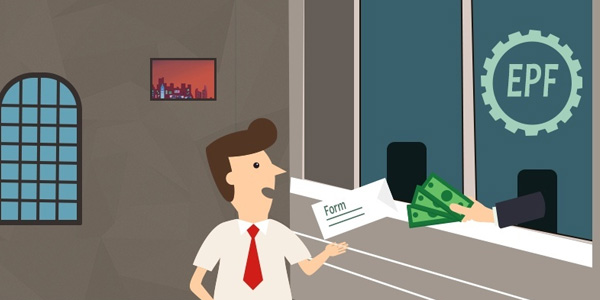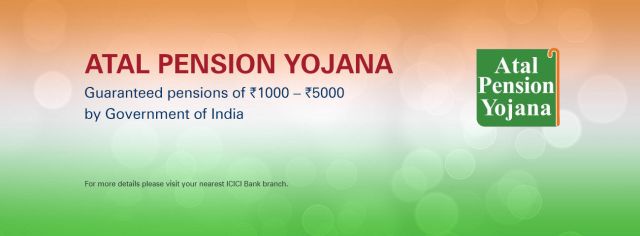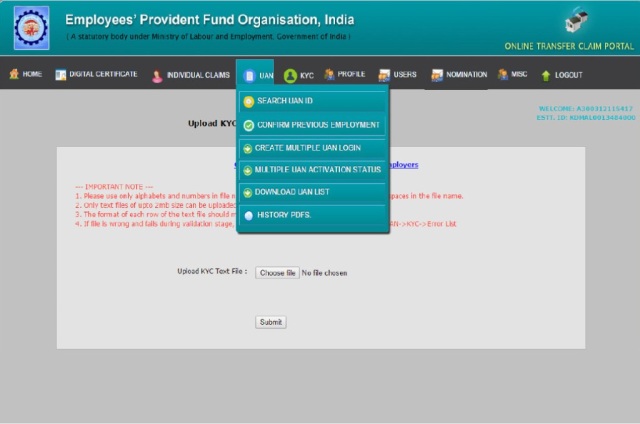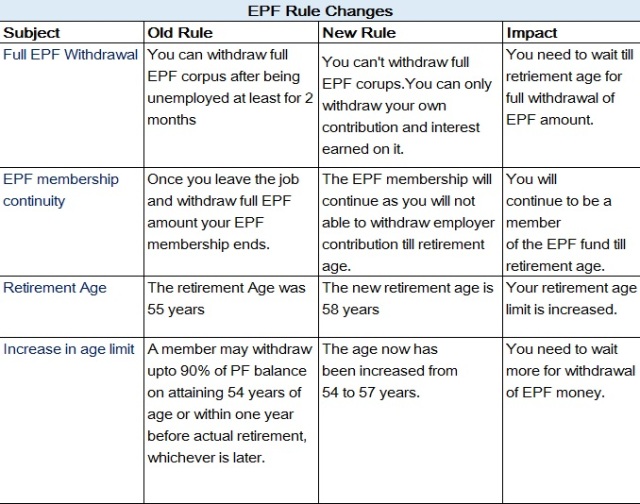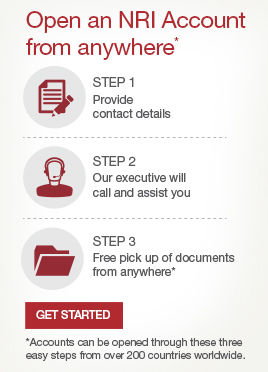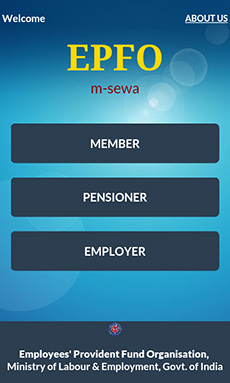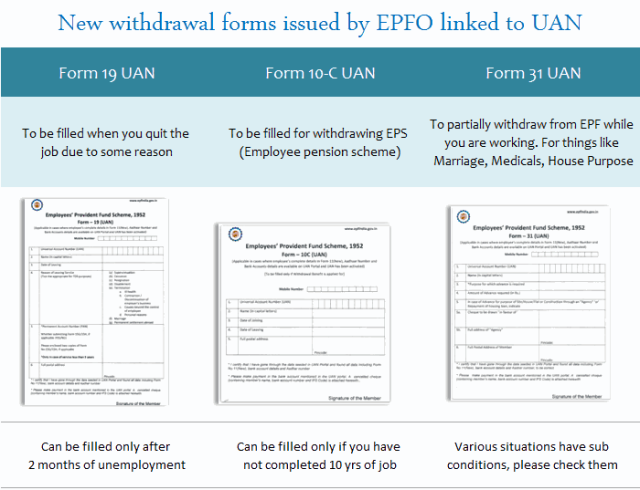NPS, which is also known as National Pension System, is a pension fund instrument that helps to make our life easy after retirement. This scheme is aimed at providing an adequate monthly income to citizens of the county after retirement. The National Pension Scheme comes as a relief to people who do not have any monetary support after they retire. The NPS account was open to only government employees of the country but was later made available to everyone in 2009. An NPS account is closely related to the 401(k) plan that is available in the United States of America. There are a number of benefits that the National Pension Scheme offers and a lot of people are now slowly becoming aware of this scheme and applying for it.

Who is eligible to open a NPS account?
Any citizen of the country whose age lies between 18 years and 60 years can open a NPS account. Even an NRI who has successfully retained his/her Indian passport is also eligible to open a NPS account. Any individual who wishes to open a NPS account should be of sound mind and should not have completed the age of 60 years. An NPS account depends on the accumulation of money till the account holder reaches the age of 60 years. One should keep in mind that a good chunk of this money is tax-free.
Where do I open an NPS account?
The Government of India has nominated 34 different entities which are designed to help Indian citizens and eligible NRIs in opening a NPS account. These include public banks like Allahabad Bank, Central Bank of India, Union Bank of India, State Bank of India, and Syndicate Bank along with its subsidiaries. Along with these, there are a few private banks that have been nominated by the government. Banks like ICICI Bank, Axis Bank, Yes Bank, and Kotak Mahindra Bank are now capable of opening NPS accounts for citizens. Other entities that were nominated by the bank are Stock Holding Corporation, Indian Postal Department, UTI Technology Services Limited, and UTI Asset Management Company. The entities that facilitate NPS openings are called Point of Presence (POPs). You can even get a detailed list of these entities along with the relevant contact information on http://www.npscra.nsdl.co.in or http://www.pfrda.org.in.
Steps you need to follow when opening an NPS account:
You will need to follow the following steps if you want to open a NPS account:
- Permanent Retirement Account Number
- Documents and related details
- Submission of duly filled documents
- Contributions
If an individual follow these steps diligently, then opening an NPS account becomes a lot easier
- Permanent Retirement Account Number: As a potential subscriber in the age group of 18 years to 60 years, you are eligible to procure your very own PRAN application form at any Point of Presence. You can also download the PRAN application form from the official NPS website.
- Documents and related details: Once you have procured your application form either online for from a Point of Presence, you will have to fill in the application form and gather any and all documents that are required. This would include your photographs, ID proof, and other KYC documents that are required when applying for an NPS account.
- Submission of dully filled documents: Submit all required documents like photographs, ID proof, and any other documents that you are required along with the application form. The documents will then be verified and then processed after which a PRAN will be generated and this will be sent to the registered address of the applicant.
- Contributions: A contribution of a minimum of Rs.500 is required when submitting the documents and forms. A contribution slip will also be required which details the payment instrument used and payment particulars.
Documents required:
There are a few documents that the government will require which you will have to submit when opening a NPS account:
- Application Form
- Latest Photographs
- Voters card
- PAN card
- Address proof (Utility bills, telephone bills, etc.)
- Identity proof (Driver’s licence, PAN card, any government)
- Passport copy
- VISA copy
A pension fund is very important for senior citizens. A lot of independent people opt for it for various reasons like not being dependent on others, supporting their family, etc. Why change your standard of living when you retire? A National Pension Scheme is an answer to all your financial worries that you may have about the future. Have a hassle-free experience while applying for a National Pension Scheme by following these simple steps when applying.
